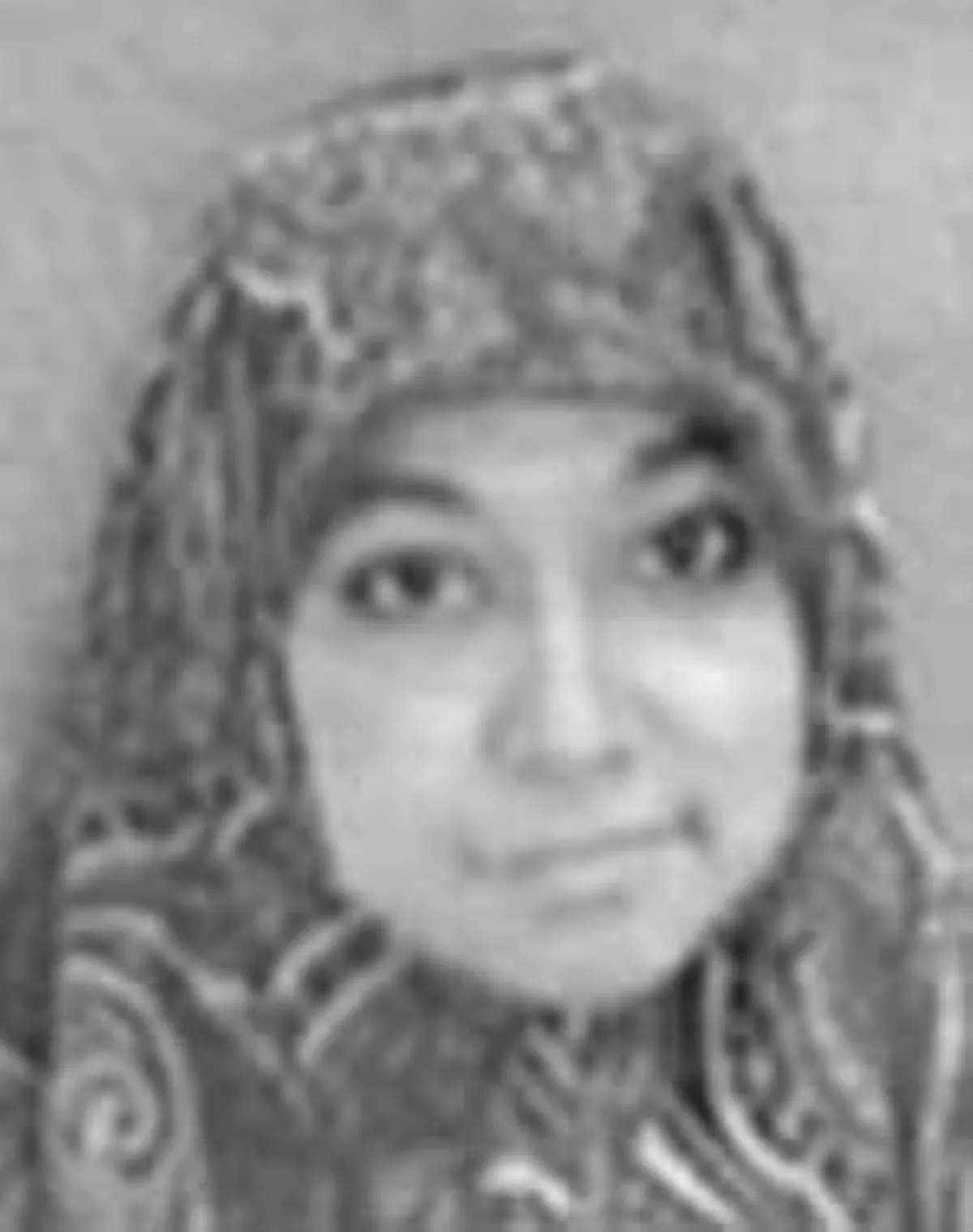 1.
1. Aafia Siddiqui is a Pakistani neuroscientist and educator who gained international attention following her conviction in the United States and is currently serving an 86-year sentence for attempted murder and other felonies at the Federal Medical Center, Carswell, in Fort Worth, Texas.